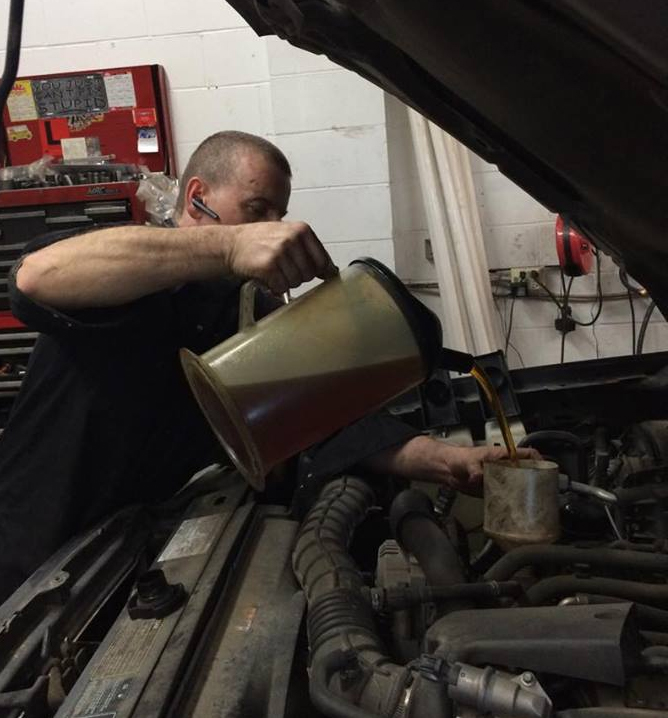 What is this?
What is this?
An oil and filter change involves draining out the old motor oil and replacing it with fresh, new motor oil. The oil filter also gets replaced at the same time.
Should I do this service when it’s recommended?
In general, yes. Changing your vehicle’s oil is one of the most important things you can do to avoid costly repairs later on. There are many factors at work — how you drive, the condition and age of the engine, the external environment you drive in, and stop-and-go versus highway driving — it’s an inexact science. Owner’s manual recommendations for oil and filter changes vary from 3,000 to 10,000 miles.
We recommend that you change your oil and filter every 5,000 miles. That’s our best estimate. It may be too soon for many people and too late for a few, but for the vast majority, 5,000-mile oil changes will help your engine last to a ripe, old age.
- Change the oil with up to five (5) litres of quality motor oil
- Replace oil filter
- Visually Inspect
- antifreeze/coolant reservoir levels
- Lubricate the chassis (when applicable)
- Check tire pressures
- engine air filtration systems
- serpentine belt
- brake fluid level in transparent reservoir
- wiper blades
- exterior lights
Check and top off the following fluids:
- transmission/transaxle fluid
- differential fluid
- power steering fluid
- windshield washer fluid
- battery load test and check alternator charging systems
You may want to consider changing your oil more frequently if:
- You live where the climate is extremely hot or cold
- You often drive on dirt roads
- Your engine is old and burns oil
- You frequently carry heavy loads
Why do I have to do this?
Oil undergoes thermal breakdown due to high operating temperature. When this occurs, the oil becomes less effective as a lubricant. And without a good lubricant, parts of the engine rub together and wear each other out.
